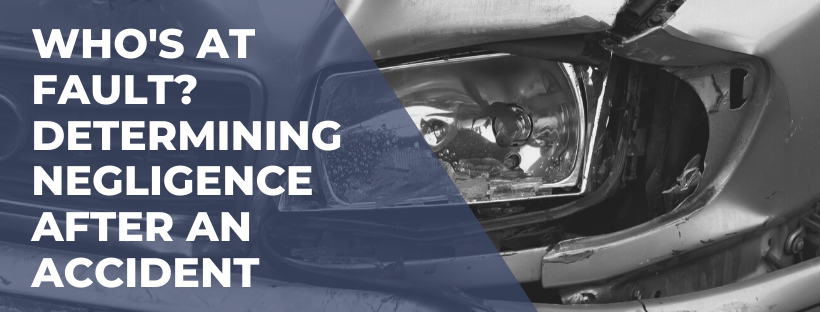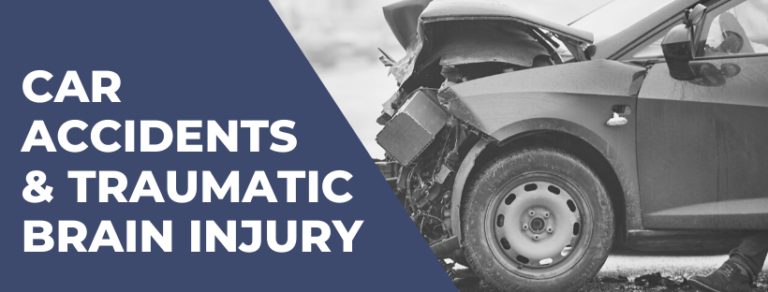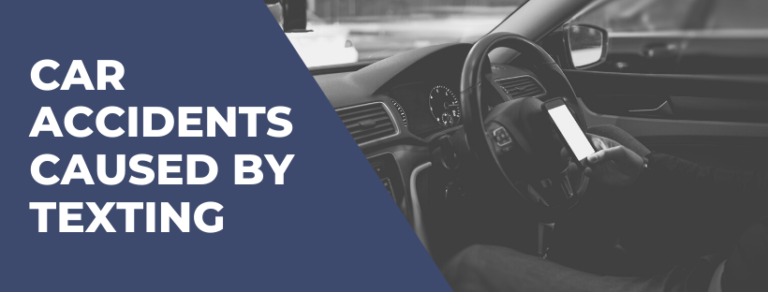People don’t like thinking about accidents, but they happen. If you’re injured due to someone else’s negligence, you may be able to claim compensation for your injuries.
“Negligence” is a term thrown around to describe multiple behaviors and scenarios, but it has a specific legal definition. Understanding this legal concept is essential for South Carolina residents interested in learning about their rights after a car wreck, work injury, or any other accident.
Proving negligence in a personal injury claim can be challenging, but it is necessary if you want to receive compensation after an accident that wasn’t your fault. This blog explains the steps you need to take to prove negligence and win your case.
Proving Negligence in a Personal Injury Claim
Proving negligence in a personal injury lawsuit can be complex. To recover damages — the losses you’ve experienced due to your accident — you must show that the defendant (the person whose negligence caused your injuries) owed you a legal duty and breached it, causing your injuries.
Let’s look at each of these elements in more detail:
Duty of Care
First, you must show the defendant owed you a duty of care — in other words, they were legally obligated to safeguard you from harm and act accordingly. This duty establishes a relationship — you might be the passenger in a friend’s car, where the driver owes you a duty of care, or you might be the patient of a doctor giving you legal advice.
However, you do not necessarily need to know or have previously met the defendant for this relationship to exist.
For example, anyone operating a motor vehicle must obey traffic laws to avoid harming pedestrians and other motorists.
Breach of Duty
The next element is that the person breached their duty of care. A defendant may breach their duty in myriad ways. While you’re in the passenger seat, your friend might run a red light. Your doctor might give you bad medical advice. You might encounter a fatigued driver on your way home from work.
A defendant can also breach their duty through inaction, for example, if you slip on a floor at work because your employer failed to place a wet floor sign.
Injury and Causation
To prove negligence in a personal injury claim, you must also show the defendant’s breach directly caused your injuries. If you’re in an accident with a distracted driver, you might prove your injuries with medical records demonstrating you sustained a head injury from blunt-force trauma. You might show the defendant’s actions caused the accident by citing the police report that lists driver fatigue as a contributing factor and gathering eyewitness testimony from onlookers who saw the driver crash into you.
Responsibility
Finally, you must tie the first three elements together and show that, but for the defendant’s actions, you would not have sustained your injuries.
Proving negligence in a personal injury claim can be challenging because everyone involved will have their version of what happened. Evidence is critical for successfully claiming compensation — without it, you will struggle to prove negligence and get the compensation you deserve.
Understanding Compensation in a Negligence Claim
You’re entitled to several types of damages in a personal injury lawsuit, including your medical expenses, property damage, lost wages, compensation for pain and suffering, emotional distress, and loss of enjoyment of life.
How much compensation you will receive depends on the strength of your evidence and the severity of your injuries and losses. In a perfect scenario, your award will be enough to ensure a complete recovery, but some accidents — such as truck accidents — result in severe, life-changing injuries.
In other cases, a defendant’s negligent behavior may be so egregious that it warrants punishment.
Gross Negligence and Punitive Damages
A jury may award punitive damages in a personal injury lawsuit. This type of damages differs from compensatory damages for your lost wages and medical bills and intends to punish a defendant for their wrongful behavior. Punitive damages are rare and typically reserved for irresponsible or intentionally dangerous conduct like driving under the influence. Such actions are known as gross negligence.
Courts in South Carolina interpret gross negligence in several ways, from “the failure to exercise even slight care” to “the intentional, conscious failure to do something which one ought to do or the doing of something one ought not to do.” In any case, gross negligence comprises reckless disregard or intentional wrongdoing versus mere carelessness.
The Burden of Proof in a Negligence Claim
Many people don’t realize that the burden of proving negligence in a personal injury claim is on the plaintiff — or the person bringing the legal action.
It’s not enough to say you were injured — if that were the case, the other party could easily say someone else caused your injuries. Instead, it’s about what you can prove happened, so you should always document your injuries after an accident and record conversations with witnesses and others involved.
The burden of proof in a personal injury claim is lower than other types of legal action. You must prove negligence by a preponderance of the evidence — or that the defendant more likely than not acted negligently and caused your injuries.
A preponderance of the evidence may be the lowest burden in our legal system, but that doesn’t mean it’s easy to meet. You should never underestimate the unwillingness of insurance companies to pay out — they may resort to underhand tactics to cast doubt on your version of events.
At The Clardy Law Firm, we have years of experience dealing with insurance companies and know all the tricks they might use to dispute your claim.
What Is Negligence Per Se?
Negligence per se is a legal doctrine that provides an alternative method of proving negligence. It applies when the person or party you’re claiming against violated a law, ordinance, or statute and allows you to skip the first two elements of proving negligence.
The negligence per se rule commonly applies in car accidents, as traffic violations — from running a red light or tailgating to driving aggressively — often result in accidents.
Negligence per se allows you to avoid establishing a duty and breach of care because the law protects the safety of others. Therefore, when the defendant violates a law, the jury can presume their behavior is unreasonable. You still need to meet the elements of causation and responsibility by demonstrating the violation caused your injuries and that you wouldn’t have sustained injuries had the defendant not acted as they did.
The Role of Comparative Fault in Proving Negligence
South Carolina is a comparative fault jurisdiction, which allows you to recover compensation if you’re partially responsible for your accident. However, the court will reduce your payout by your level of fault.
If the defendant can persuade the jury that you are more than 50% responsible for your accident, you will not receive compensation. This negligence law makes it vital to work with a personal injury attorney and gather strong evidence of the defendant’s negligence.
A defendant may also use comparative fault as an affirmative defense in a negligence per se claim. In this scenario, you might have evidence that a defendant has violated a statute, but if they can demonstrate your contribution to the accident exceeds the required threshold, you cannot recover compensation.
What to Do If You’ve Been Hurt by a Negligent Driver
Proving negligence in a personal injury claim is complex. Even if you have a basic understanding of negligence, there is no substitute for the knowledge and experience of an attorney. Our personal injury lawyers in Greenville, South Carolina, can determine which laws apply to your case and gather evidence of negligence to secure the compensation you deserve.





